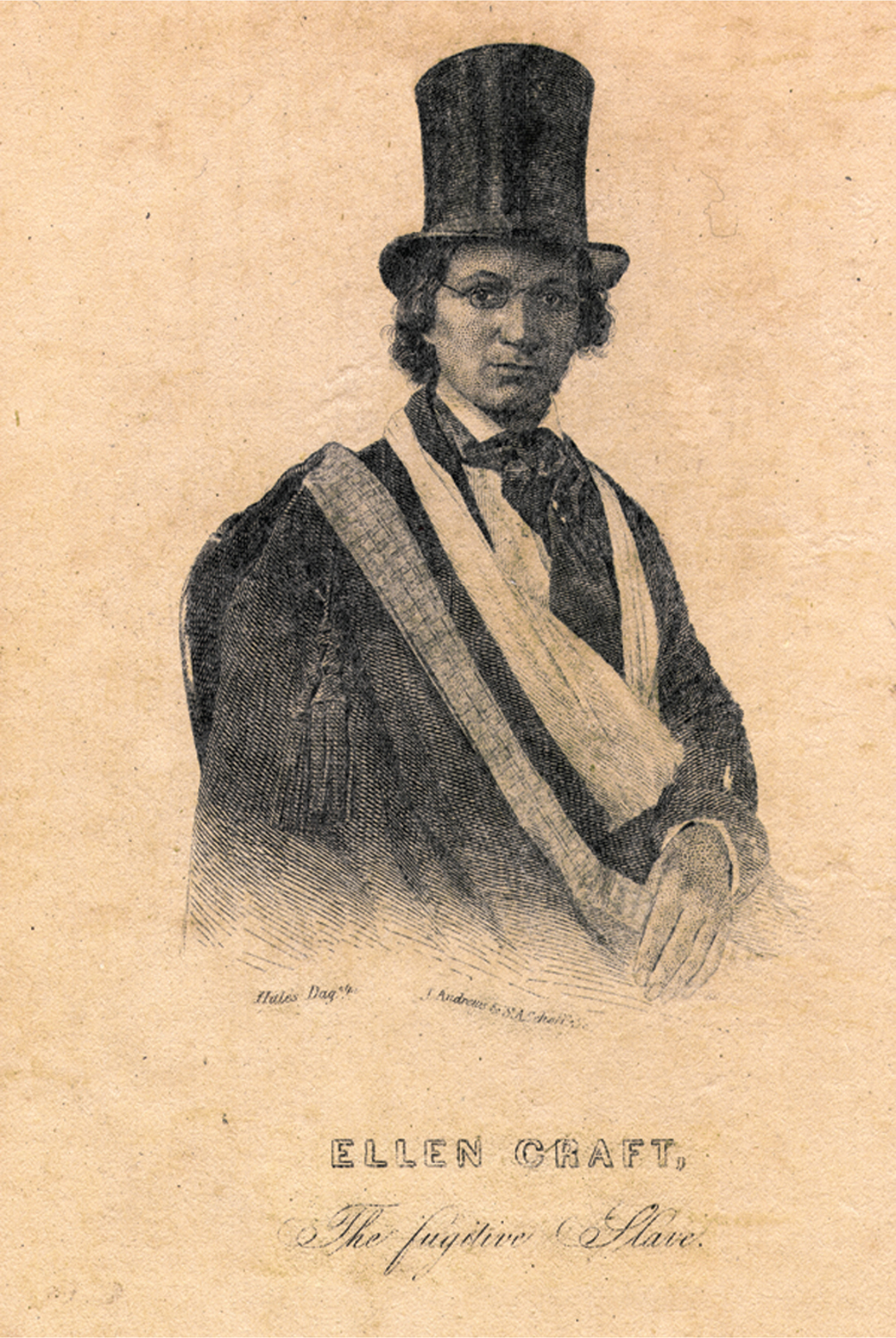The American Promise:
Printed Page 378
The American Promise Value
Edition: Printed Page 362
The Fugitive Slave Act

The issue of runaway slaves was as old as the Constitution, which contained a provision for the return of any “person held to service or labor in one state” who escaped to another. In 1793, a federal law gave muscle to the provision by authorizing slave owners to enter other states to recapture their slave property. Proclaiming the 1793 law a license to kidnap free blacks, northern states in the 1830s began passing “personal liberty laws” that provided fugitives with some protection.
Some northern communities also formed vigilance committees to help runaways. Each year, a few hundred slaves escaped into free states and found friendly northern “conductors” who put them aboard the underground railroad, which was not a railroad at all but a series of secret “stations” (hideouts) on the way to Canada. Harriet Tubman, an escaped slave from Maryland, returned more than a dozen times and guided more than three hundred slaves to freedom in this way.
Furious about northern interference, Southerners in 1850 insisted on the stricter fugitive slave law that was part of the Com-
In Boston in February 1851, an angry crowd overpowered federal marshals and snatched a runaway named Shadrach from a courtroom, put him on the underground railroad, and whisked him off to Canada. Three years later, when another Boston crowd rushed the courthouse in a failed attempt to rescue runaway Anthony Burns, a guard was shot dead. To white Southerners, it seemed that fanatics of the “higher law” creed had whipped Northerners into a frenzy of massive resistance.
Actually, the overwhelming majority of fugitives claimed by slaveholders were re-